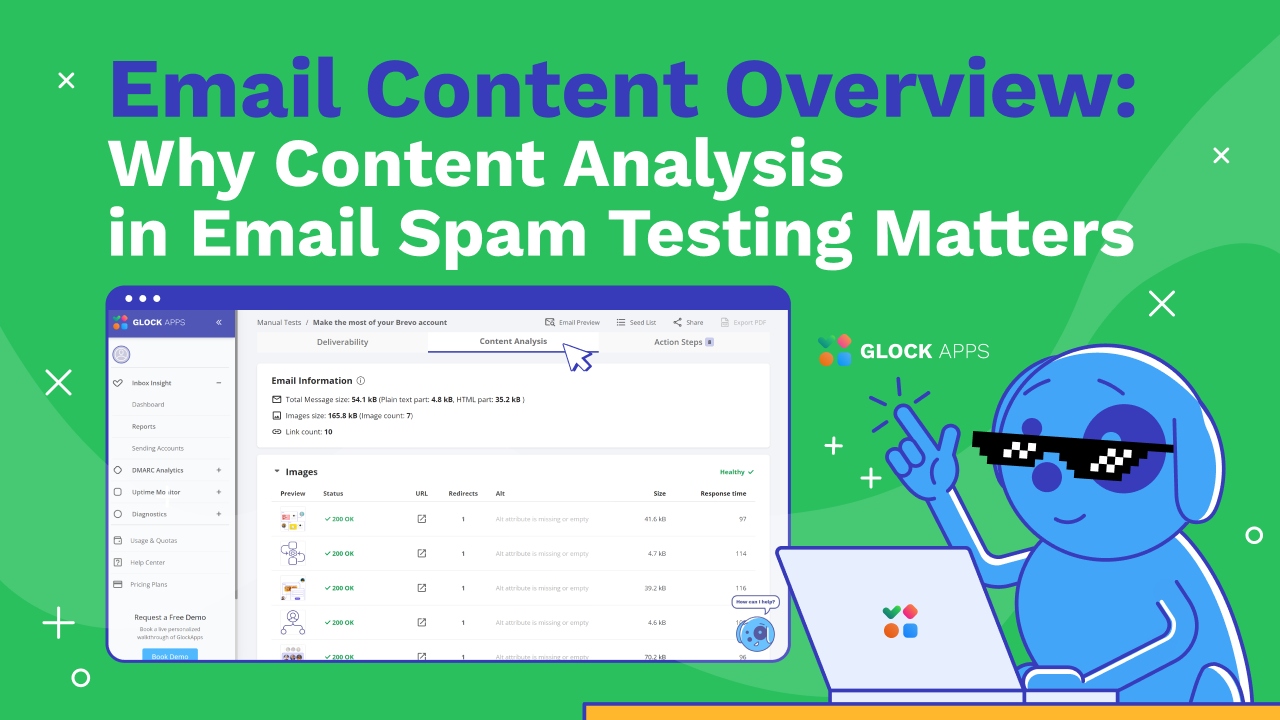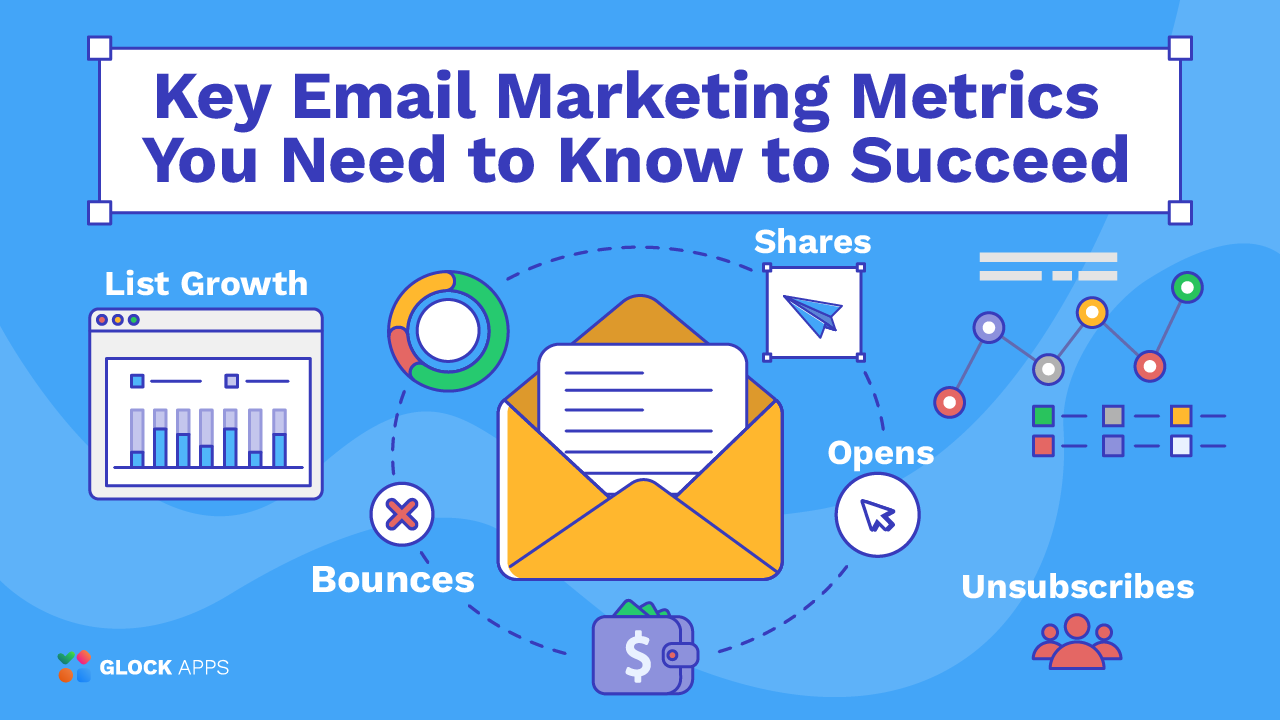CTAs in Email Marketing: From Click to Conversion

Estimated reading time: 7 minutes
A call to action (CTA) is the key part of an email that converts passive readers into active participants – to encourage them to click, subscribe, buy, or find out more. CTAs are the secret weapon in getting higher click-through rates and conversions. This comprehensive guide will walk you through the strategies for crafting high-performing CTAs, from the copy itself to the visual design, helping you maximize your email marketing efforts.
What is a Call to Action?
Essentially, a CTA is a button or link that prompts your reader to take an action, such as buying your product, signing up for a webinar, or downloading your eBook. With a clear CTA, a reader knows exactly what to do next to complete the action you’re asking of them. Well-executed CTAs act as the tipping point in your email campaigns, turning interest into engagement.
The Importance of CTAs in Email Marketing
Every email marketing campaign, no matter how well thought out, remains dependent on one thing: to get people to act. A powerful CTA powers that action. Without the right CTA, even the most artistically crafted emails can fall flat when it comes to results. The CTA is your final touchpoint — where you bridge the gap between offering value and receiving measurable returns. The right CTA boosts engagement, nurtures leads, and increases conversions.
Crafting the Perfect CTA Copy
Your CTA copy plays a critical role in persuading readers to click. To make your CTAs irresistible:
Use Action-Oriented Verbs: Effective CTAs use strong, actionable language. Words like “Get,” “Try,” “Buy,” or “Discover” incite action and give readers a clear sense of what will happen next.
Examples:
- Get your discount
- Try it now
- Discover our latest products

Keep it Short and Punchy: Brevity is key. The most effective CTAs consist of two to five words that clearly define the action.
Examples:
- Sign up today
- Start free trial
Create a Sense of Urgency: A CTA that utilizes the urgency principle can boost engagement. Phrases like “limited time” or “only today” create a sense of scarcity that motivates readers to act promptly.
Examples:
- Claim your discount — limited time only!
- Register now — spots filling fast!
Make It Personal: Address readers directly using first-person language. It became clear that first-person CTAs (e.g., “Start my free trial” vs. “Start your free trial”) will most likely result in higher click-through rates. This subtle shift creates a more personal connection and fosters more user involvement.

Designing Effective CTA Buttons
After perfecting the CTA copy, the next important step is the design. A well-designed CTA button can dramatically increase the likelihood of a click:
1. Choose Bold Colors.
Use contrasting color color combinations to make your CTA stand out. Bright colors like orange, red, or green are commonly used because they attract attention, but the color choice should also align with your branding. A button that pops off the screen makes it easy for readers to take action.

2. Use Ample White Space.
Surround your CTA button with plenty of white space to create visual emphasis. A clutter-free design helps the CTA stand out and prevents users from being distracted by other elements.
3. Ensure Mobile Friendliness.
With more and more people reading email on mobile devices, make sure your CTA buttons are thumb-friendly – so that users can tap on the button easily on a mobile device. A too-small button can frustrate users and may reduce conversions. A button that is too small can frustrate users and reduce conversions. For even better results, try our HTML checker to ensure your email is fully optimized for both mobile and desktop.
4. Placement Matters.
Strategically place your CTA where the reader is most likely to act, such as the bottom right or after key selling points. Avoid burying your CTA beneath too much text — make it easy to find.
5. Use Hierarchical Buttons.
If your email contains multiple CTAs, ensure the primary CTA is visually prominent compared to secondary options. This ensures the reader’s focus remains on the most important action.
How Many CTAs Should an Email Have?
When it comes to email marketing, less is often more, especially with CTAs. Overwhelming readers with too many calls to action can reduce their impact and overall engagement. Here’s how to find the right balance:
Keep It Clear: Avoid overwhelming readers with way too many CTAs. A clutter-free design is also essential for maintaining focus and driving people to action.
Limit the Count:
- Preferably: Stick to 1-2 CTAs per email for optimal clarity and engagement.
- Maximum: If necessary, include up to 3 CTAs, but make sure they serve distinct purposes and guide users logically through the email.
Purposeful Placement: If you need multiple CTAs, strategically place each based on the email’s flow. The primary CTA should be the most visually prominent and align with the main goal of the email.
Use Hyperlinks for Secondary CTAs: Integrate additional CTAs as hyperlinks within the text when exceeding two buttons. This helps maintain focus while providing readers with more options to engage and prioritizing their reading experience.
Creating Emotional Resonance
Emotion plays a huge role in decision-making. Tap into emotions through your CTAs by aligning the action with what matters most to your audience. For instance:
- FOMO (Fear of Missing Out): Use urgency and exclusivity to trigger FOMO in your readers and encourage them to act quickly.
Hurry! Offer ends soon!
- Curiosity: Create intrigue with CTAs that prompt readers to discover something new.
See what’s inside

- Value: Clearly communicate the value of clicking the CTA, ensuring users know what’s in it for them.
Get your free guide
Conclusion
The call to action is like the handshake of email marketing, the crucial moment when a user turns from reading to clicking. Learn to write persuasive, action-oriented copy, design buttons that stand out visually, and place CTAs where they will have the most impact, and you’ll be ahead of the curve.
Remember, CTA is not a one-size-fits-all tactic. Test, refine, and optimize your CTA on an ongoing basis, according to the behavior and preferences of your audience, and earn more clicks, conversions and, ultimately, a higher return on your email marketing. Ensure your emails reach their destination by testing your deliverability with GlockApps!
FAQ
A CTA (Call to Action) is a button or link in an email that encourages readers to take specific actions like signing up, purchasing, or downloading your content.
Use short, action-oriented language with verbs like “Get” or “Discover.” Create urgency with phrases like “Limited time” and personalize using first-person language.
Use bold, contrasting colors that stand out from the rest of your email, but also keep in mind that they should align with your brand’s identity.
Place your primary CTA above the fold for easier visibility, and use strategic placement to ensure it aligns with your email’s flow and intent.



